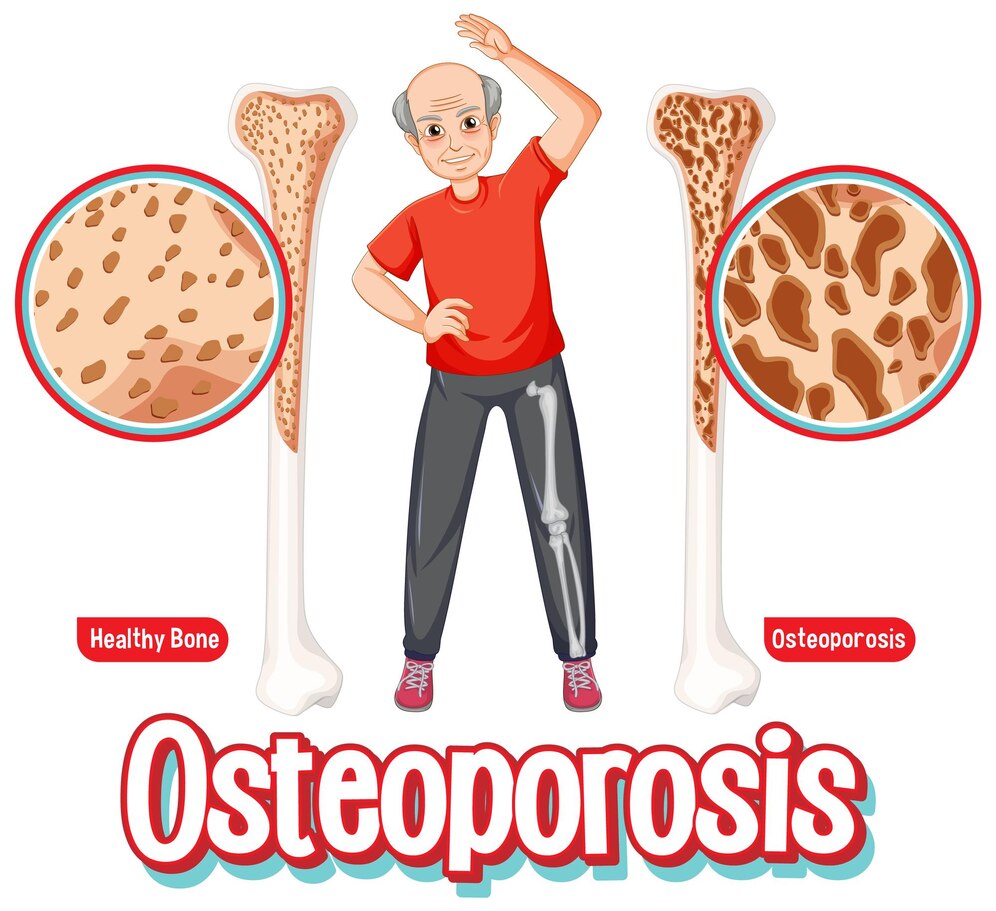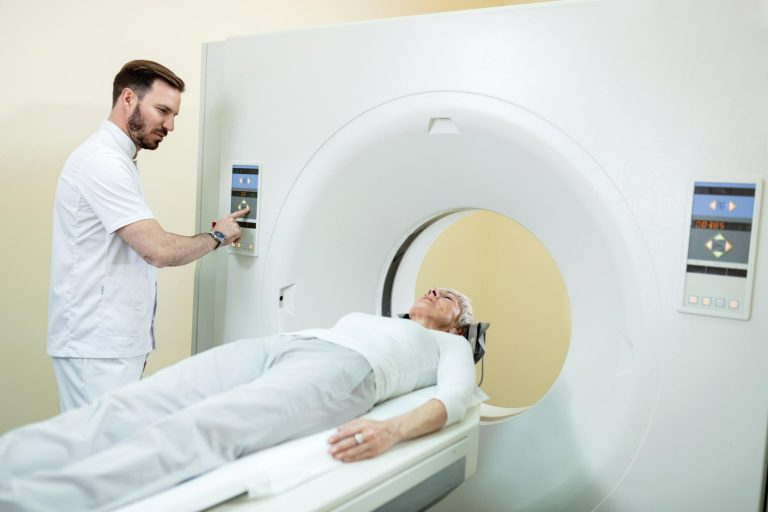Pathologies of the musculoskeletal system encompass various injuries to bones and joints, muscles, and connective tissue.
Diseases can be inflammatory, infectious, and tumorous. Pathologies usually appear as independent diseases, but sometimes they can be symptoms of other diseases.
Causes of bones and joints diseases
The main causes of the development of pathologies of the bones of the skeleton and joints are:
- Frequent infectious diseases.
- Violation of metabolic processes in the body.
- Excessive physical activity.
- Working conditions associated with harmful production.
- Obesity of varying degrees of severity.
- Degenerative-dystrophic changes of age.
- Hereditary predisposition.
- Injuries to the musculoskeletal system.
- The presence of endocrine disorders.
- Insufficient intake of useful substances with food.
- Harmful habits.
Calcium and vitamin D for bones and joints
Our bone tissue is constantly changing. This is accomplished by continuous resorption, also known as breakdown, followed by bone cell renewal, which leads to skeletal growth and development. At a young age, the body creates new tissue faster than it destroys old tissue. A child’s bone mass at a young age can maintain structure, strength, and elasticity. Most people reach their peak bone mass around age 30, after which bone mass remodeling gradually changes as repair processes begin to lag behind destruction processes. Loss of bone mass can lead to age-related osteopenia, which in turn can lead to osteoporosis.

Maintaining a normal balance of vitamins and minerals in the body is necessary to achieve optimal bone mass density. Calcium is one of the main macronutrients responsible for the formation of strong bones. Deficiency of this element leads to a decrease in bone mineral density, which increases the risk of osteoporosis.
Reduced intake of such vital substances for the body as vitamin D and calcium has been proven to lead to the development of a number of diseases, including various metabolic diseases of the skeleton.
What foods can replenish calcium stores?
99% of this mineral is found in bones and teeth. Regardless of the measures taken by a person to strengthen them, without calcium the density will decrease, which is fraught with fractures.
For healthy bones, it is important to get this substance in sufficient quantities. In addition to dairy products, its sources are:
- fish (especially sardine and salmon);
- seafood (crab, shrimp);
- sesame;
- all kinds of cabbage;
- nuts;
- legumes;
- hard cheeses;
- eggs;
- herbs (basil, parsley, watercress).
What do you need to keep your bones and joints healthy?
There is no simple recipe for keeping your joints healthy into old age. It is a whole set of recommendations that, if followed, can delay bone deterioration.
Regular medical check-ups of bones and joints
Regular check-ups help to quickly identify musculoskeletal disorders and prescribe appropriate treatment.
Timely therapy of other diseases
Problems with the endocrine and autoimmune system, disorders of normal metabolic processes, infections and chronic microtraumas of the joints disrupt the balance of microelements and negatively affect the health of the musculoskeletal system.
Hormone replacement therapy
HRT may be indicated to correct hormonal imbalance in menopausal women. Taking special drugs reduces the symptoms of menopause and maintains a normal hormonal background. This therapy reduces the risk of postmenopausal osteoporosis.
Moderate physical activity for joints
The bone mass of the lumbar vertebrae, the proximal femur and the muscle mass of the limbs are reduced as a result of decreased physical activity. In addition, exercising too hard is also dangerous.

Prevention of osteoporosis can include regular moderate exercise. Exercise that focuses on functional capacity is the best option. Walking, Pilates, swimming, and dancing all fall into this category. In order to maintain healthy bones, it is recommended to engage in moderate exercise for 150 minutes per week. Of course, these numbers are very conditional, because the ideal load for each person should be determined individually.
Avoiding bad habits
Practice shows that strengthening bones contributes to a healthy lifestyle. Clinical recommendations indicate that in order to prevent osteoporosis, it is extremely important to monitor the amount of alcohol that a person consumes and completely give up smoking. Statistically, the bone mass of a person who smokes a pack of cigarettes every day will be 5-10% less than that of a non-smoker at age 50. As for alcohol, regular consumption of even small amounts of alcohol, such as a glass of wine or beer, can lead to a decrease in bone density in young men and women.
A balanced diet for healthy bones and joints
For the body to function properly, it must eat healthy foods. To achieve optimal bone mass density, an optimal balance of vitamins and minerals must be maintained. Food is the main source of nutrients.
Intake of VIC
As already mentioned, to maintain healthy joints, bones and muscles, it is necessary to control the level of calcium and vitamin D in the body. It is not always possible to meet the daily need for nutrients only through food, so it is worth considering taking vitamin and mineral complexes. Some of these products are available in any pharmacy.
Taking vitamin and mineral complexes
As already mentioned, to maintain healthy joints, bones and muscles, it is necessary to control the level of calcium and vitamin D in the body. It is not always possible to meet the daily need for nutrients only through food, so it is worth considering taking vitamin and mineral complexes. Some of these products are available in any pharmacy.

Treatment options for bones and joints diseases
Bone disease can be treated using a variety of methods. Depending on the diagnosis and degree of severity may be prescribed:
- Medication correction.
- Therapeutic exercise.
- Physiotherapeutic procedures.
- Reflexotherapy.
- Nutritional correction.
- Surgical treatment.
Conclusion
In general, bone mass loss is a natural process and can be caused by a number of factors, including age-related hormonal changes, slowed metabolism, and other factors. However, it is possible to maintain healthy bones and joints with some preventative measures. In addition, it is important to make sure that the body gets enough vitamin D and calcium, and to take additional vitamin and mineral complexes if necessary.





